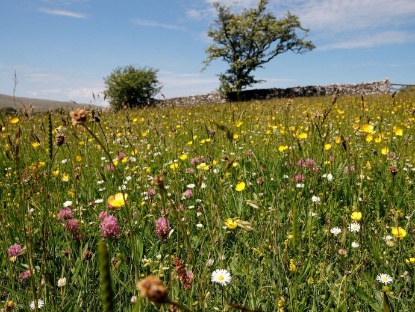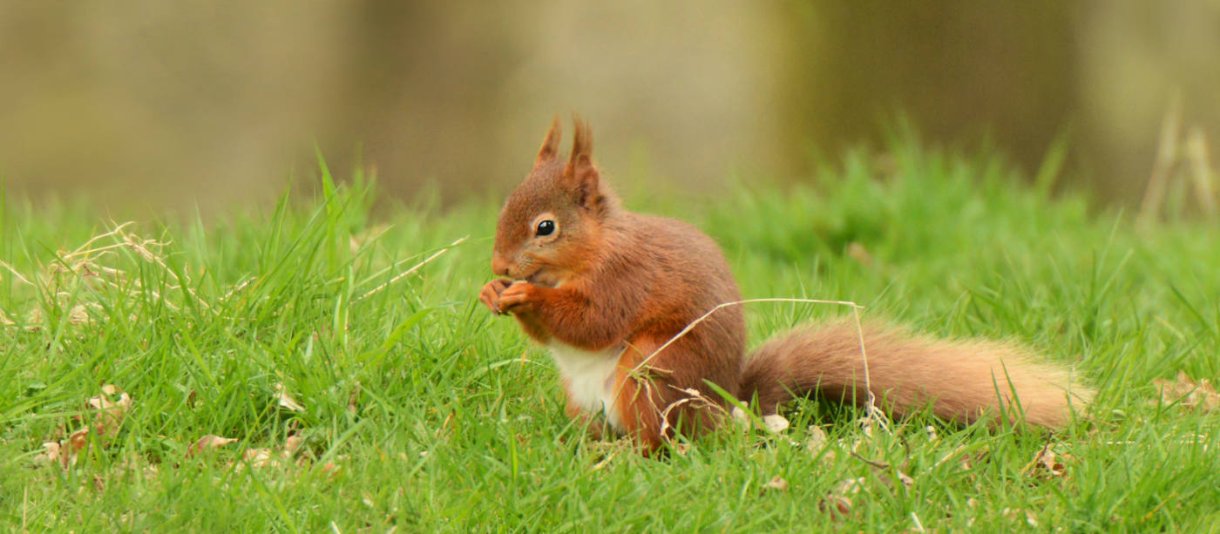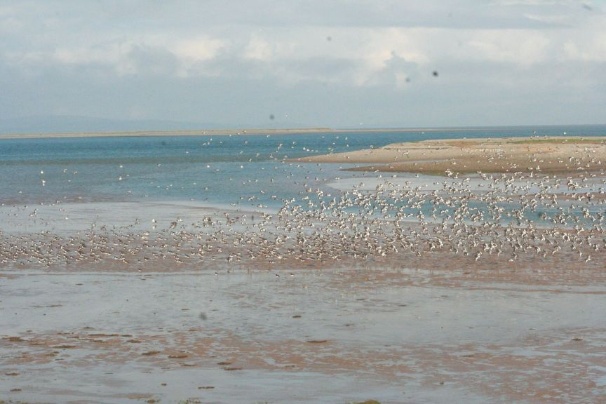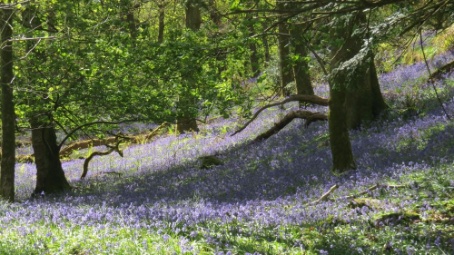Charity Walk Challenge Completed
Congratulations to our walking team! A huge well done to the Lakelovers and Lake District Lodge Holidays team, Jo,...

We’re supporting the #30DaysWild Campaign with Cumbria Wildlife Trust
Our natural world is in trouble and wildlife is disappearing at an alarming rate and it’s crucial that we all continue to make more space for nature, to give our struggling wildlife the chance to recover and to restore beautiful wild places. Lakelovers are Corporate Members of Cumbria Wildlife Trust, and we caught up with Michelle Waller, from Cumbria Wildlife Trust, to tell us more about their campaign: #30DaysWild.
We’re the only voluntary organisation that’s devoted to the conservation of the wildlife and wild places of Cumbria, by looking after nature reserves, which are refuges for threatened plants and animals, as well as being unspoilt places that you can visit. We also focus on projects to protect certain species and habitats, like bumblebees, hay meadows and peat bogs.
Over the last year people have realised how important contact with nature and the natural environment is. The nature reserves we care for and the work we do over the whole of Cumbria gives people a place to ‘take that breath’ and enjoy natural surroundings.
#30DaysWild is our annual nature challenge – we’re encouraging everyone to enjoy the benefits of daily contact with nature this June, by doing a ‘random act of wildness’ every day for 30 days: listen to bees buzzing, taking wildlife photographs, star-gazing or taking your coffee-break watching birds from your window. It doesn’t need to be complicated; you don’t need to have any special knowledge and it needn’t take long –enjoy the time you take and just a few minutes a day is enough to benefit us and to notice what is out there!

#30DaysWild has been going since 2015 and since then we estimate that over 1 million people have taken part nationwide! Our research with the University of Derby on show that taking part in 30 Days Wild increases people’s wellbeing and heightened sense of nature long after the challenge is over. It’s free to take part and there are packs for businesses, schools, and care homes. Sign up here.
Early summer is a wonderful time to enjoy wildlife in Cumbria – walk in woods full of the sight and scent of bluebells and enjoy the hay meadows in bloom. We have 38 nature reserves for people to visit and lots of free guides to download showing great places to see wildlife all over Cumbria – from butterflies and red squirrels to sand dunes and birds of prey. There’s also our series of Wildlife Walks, with walks off the beaten track, where you might spot all kinds of wildlife, from grey seals and buzzards. Full details at www.cumbriawildlifetrust.org.uk
Ospreys: We’re really excited the pair of ospreys have returned to our Foulshaw Moss Nature Reserve and the first chick hatched at the end of May! (Check out our live osprey cam showing you ‘life on the nest’). We’re so lucky to have these majestic birds of prey in Cumbria, building their nests.
Hay Meadows: There are only 900 hectares of northern hay meadows left in existence, making them the most threatened and vulnerable wildlife habitats in Cumbria. We’re working to transform the hay meadows at our newest nature reserve Bowber Head Farm . From June visitors will have the chance to see the wildflowers in these meadows in full bloom – it’s a glorious sight!
Grey Seal: We have Cumbria’s only colony of breeding grey seal at South Walney near Barrow. The colony has grown hugely in recent years, largely because of the huge efforts that we’ve made to avoid disturbance to the seals – our latest count is 518!

South Walney Reserve c John Attiwell
Everyone loves red squirrels, and they can be seen at many sites around the county. Smardale Nature Reserve is a great place to try and spot them, though it’s easier in the autumn and winter, when there are fewer leaves on the tree for them to hide in.
Not quite so cute but equally important is peat bogs. We do lots of work to restore damaged peat bog habitats and to protect healthy ones. Bogs are very efficient at keeping carbon locked away, so they are important in our fight against climate change.
I’m not sure I can pick a favourite and it’s going to get me in so much trouble! I love walking in the woodlands at Barkbooth Lot Nature Reserve. It’s great year-round, but the bluebells, primroses and orchids always remind me of my mum and make me smile. Just stopping for a moment to listen to the birds and the leaves in the breeze is relaxing and the dragonflies and butterflies are a joy to see.

Barkbooth Nature Reserve c Cumbria Wildlife Trust
A lot of people forget that Cumbria has a huge, beautiful, coast – we spend so long with our backs to the sea looking at the hills! Just turn around and you might see dolphins and basking sharks out to sea. South Walney Nature Reserve (just across the bridge from Barrow) is spectacular – especially when all the wading birds are staying-over. We also have a powered ‘tramper’ there which means people who need to use one can borrow this and get around the nature reserve.
Another great spot is Eycott Hill, with fabulous views over Blencathra, where you feel like you’re on top of the world without having to hike up a steep slope.
Lots of places to tick off your #30DaysWild moments!
I love being in, on or next to water – rivers, lakes, and the sea. It’s amazing how the sound of water can replace the ‘noise’ of everyday life in my head.
There’s a river running through the middle of the town where I live and just a couple of minutes from my house. During lockdown I’ve walked next to the river virtually every day – and enjoyed noticing the changes in the plants and the wildlife too. It’s great watching a busy dipper or graceful heron and occasionally see the otter gliding through the water or the iridescent flash of a kingfisher.
Like many people – I got more into swimming outdoors last year. A friend has convinced me to complete 50 swims before September – but more importantly, done in the right place and with the right care, it’s good for my health and fun and sociable too!